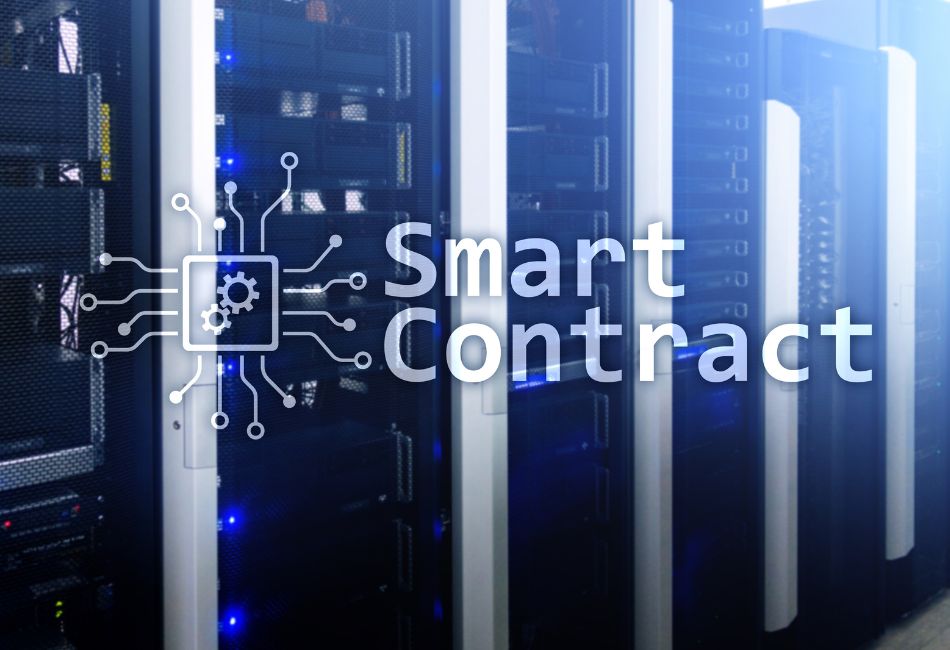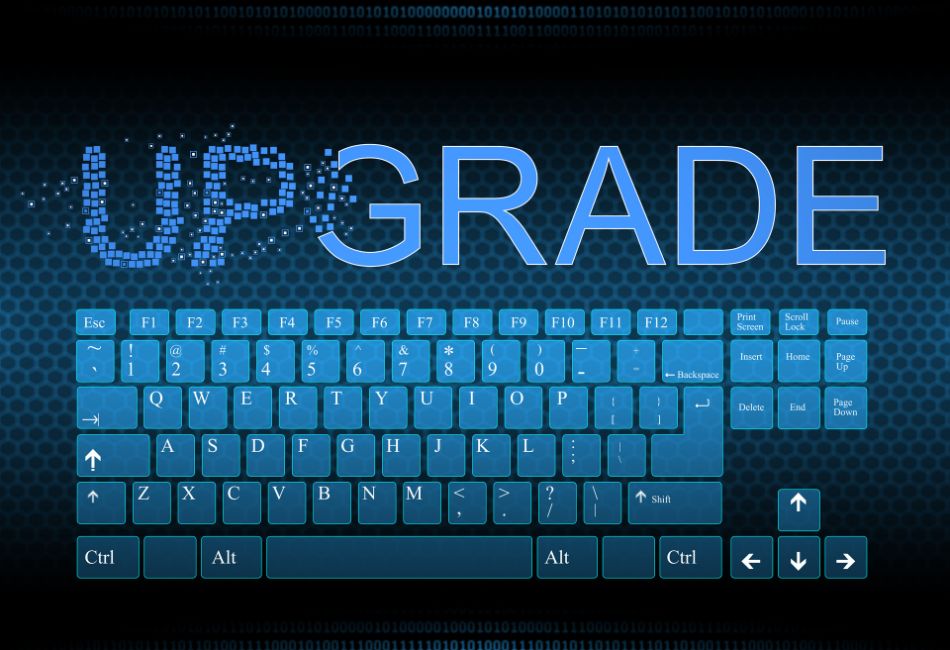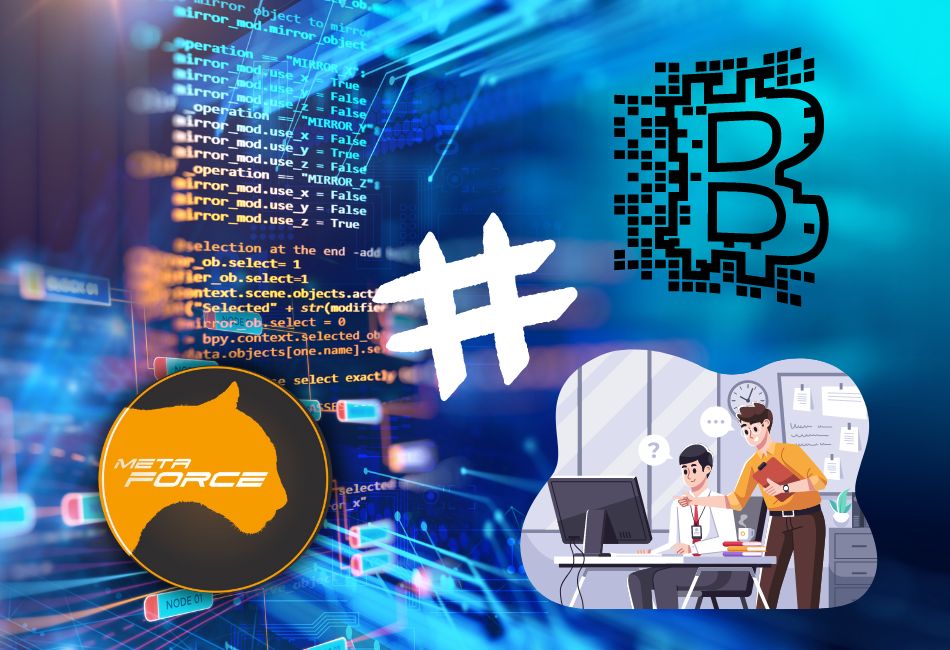Blockchain technology has brought about a revolutionary shift in how we interact and process transactions. Metaforce, a pioneering blockchain platform, promises to lead the decentralized Metaverse revolution. However, programming applications on the Polygon blockchain for Metaforce presents unique challenges compared to traditional programming. In this article, we will explore the specific difficulties that developers face when working on this platform.

Programming on the Polygon blockchain entails significant differences compared to traditional programming. Here are some key challenges that developers encounter:
1. Smart Contract Reliability:
A vital component of Metaforce applications is the smart contract. However, writing and deploying smart contracts requires a high level of precision and security. Even a minor error can have severe consequences, including loss of assets. Developers must possess in-depth knowledge of smart contract programming languages and a thorough understanding of Polygon’s blockchain rules, protocols, and standards to ensure the reliability of the contract.

2. Testing and Environments:
Unlike traditional programming where checking for errors is usually sufficient, programming on blockchain platforms such as Metaforce involves multiple testing environments. Developers need to test their applications on testnets and mainnets to ensure compatibility, functionality, and security. This additional step in the development process adds complexity and requires a deeper understanding of the blockchain ecosystem.
3. Versioning and Upgrades:
Managing versioning and upgrades presents a challenge when developing and deploying Metaforce applications on the Polygon blockchain. Changes to smart contracts or user interfaces can affect user interactions and data stored on the blockchain. Developers must implement a meticulous version control process and perform upgrades safely and smoothly to maintain the integrity of the Metaforce application.

4. Gas Fees and Optimization:
Transactions on the Polygon blockchain require gas fees, which depend on network resources and the complexity of the task. Managing gas costs and optimizing efficiency pose challenges. Developers need to intelligently design their Metaforce applications to ensure they operate efficiently and do not incur excessive gas fees for end-users.
5. Security and Auditing:
Storing and processing data on the Polygon blockchain raise critical security concerns. Developers must employ robust security measures such as data encryption, user authentication, private key management, and source verification. Conducting thorough security audits and vulnerability assessments is essential to ensure the integrity of the Metaforce application.

6. Network Scalability:
Scalability is an ongoing challenge in blockchain development. As the Metaforce platform grows, handling increased transaction volume and maintaining network performance becomes crucial. Developers need to consider scalability solutions and optimize their applications to handle potential network congestion.

Let’s consider an example to make it easy for you to understand:
Let’s try a simple example to explain the difference between programming on the blockchain and traditional programming to someone unfamiliar with coding.
Imagine you are an adorable gardener with a passion for growing plants. In this field, you have two options to manage your plants: the traditional model and the blockchain model.

Traditional Programming – The Solitary Gardener
Imagine yourself as a lovely gardener who has a passion for growing plants. In the realm of traditional programming, managing your plants is akin to tending a small garden. You have complete control and autonomy over your plants without any external intervention. You can personally check and care for your plants in your garden without any restrictions. If you notice any issues with your plants, you can address them on your own by watering, pruning, or adjusting the soil to create a better environment. You have full authority over all aspects related to your plants.

Blockchain Programming – The Collaborative Garden
A New Twist
Now, let’s dive into the world of blockchain programming and explore the fascinating differences. In this scenario, you become part of a virtual gardening community on the blockchain network. Instead of solely managing your plants, you collaborate with others to build a decentralized system where everyone shares and records information about their plants. It’s like creating a virtual garden with fellow gardeners!
The Collaborative Effort
In this blockchain-powered garden, every action you take requires consensus from the community and adherence to established rules within the network. For instance, if you want to water your plant, you need agreement from the community before proceeding. This ensures fairness and transparency in the decision-making process.
Expanding Horizons
The intriguing aspect is that within the blockchain network, you not only manage your own plants but also have access to information about other plants in the community. You can discover who took care of your plant before you, view the history and updates of plants, and even share your knowledge and experiences with the community to foster collective growth.

Conclusion
In conclusion, the difference between traditional programming and blockchain programming can be likened to the contrast between being a solitary gardener in your own domain and becoming part of a collaborative gardening community. While traditional programming grants you complete control, blockchain programming introduces collaboration, transparency, and the ability to share knowledge. So, whether you prefer the tranquility of your personal garden or the excitement of tending a virtual garden with like-minded individuals, the choice is yours in the world of programming.
Programming Metaforce applications on the Polygon blockchain presents distinct challenges compared to traditional programming. From testing and version control to gas fee management and security considerations, developers must navigate these complexities to ensure a successful deployment. By understanding and addressing these challenges, developers can harness the full potential of Metaforce and contribute to the decentralized Metaverse revolution.

